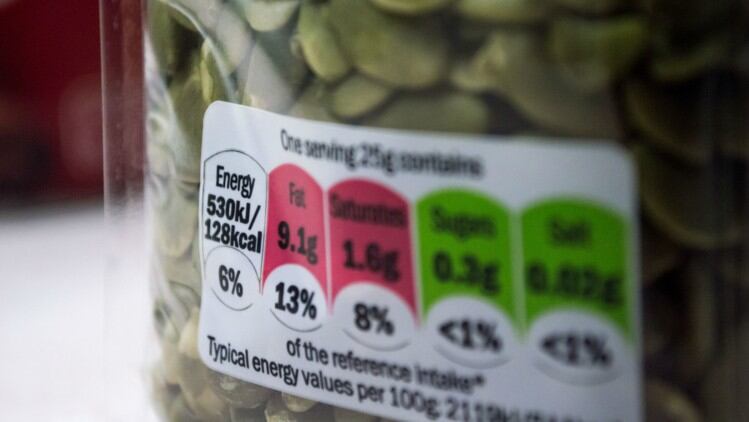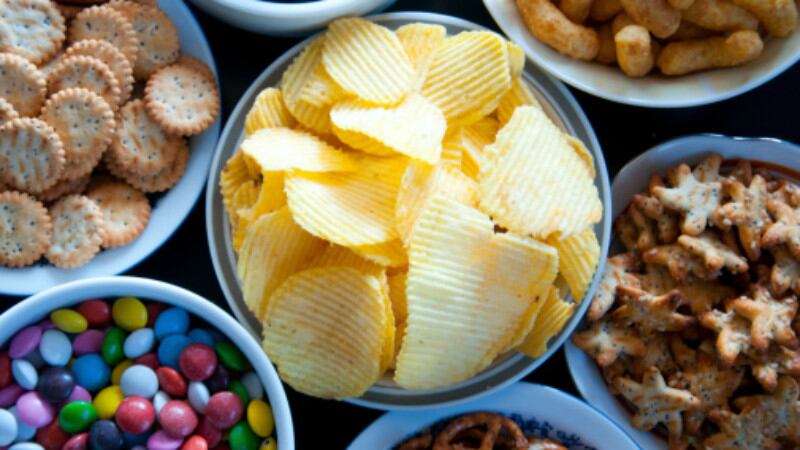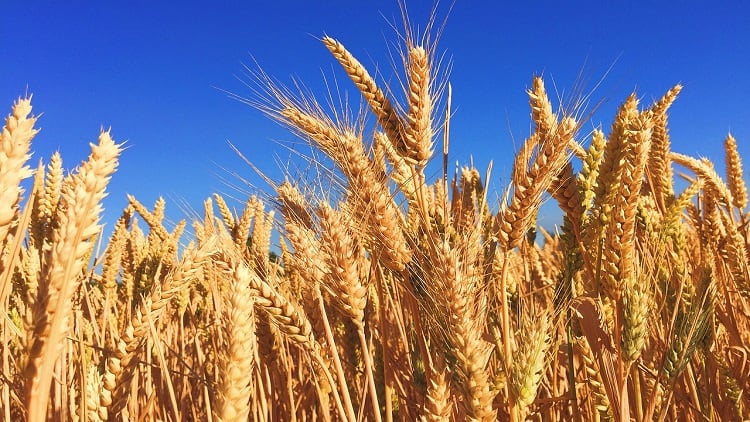The current draft of the Food Safety and Standards (Labelling and Display) Regulations, 2018 is still at the stakeholder-debate phase.
An expert panel was set up last August to review these proposed new food labelling rules, including plans for red labels to be added to products high in fat, sugar and salt (HFSS).
In a panel discussion at the National Conclave on Food earlier this year in Delhi, FSSAI advisor Kumar Anil said that: “[The food labelling regulations draft] is done from FSSAI’s side and we expect the draft to come out soon.”
“There may be problems, but at least it is a beginning. We are addressing the word HFSS,” he added.
The review of the regulations took place last year after FSSAI CEO Pawan Agarwal said that ‘industry stakeholders had expressed concerns’, even though the first draft had previously already been sent to the Healthy Ministry for finalisation.
“[We] have decided to set up a panel of experts with health and nutrition background to look into the draft regulations [as industry stakeholders are concerned with the draft],” he said.
Coloured labelling regulations covered under the draft
The main part of the draft that discussed the red labelling of HFSS were in section 5: Principal display panel.
It was stated that nutrient block(s) for HFSS foods shall be coloured in red if energy values from sugar were over 10% of the total energy from 100g/100ml of the product, energy from trans fats is over 1% of the total, and total fat or sodium content goes over specified threshold values.
For implementation, permissible HFSS allowances would be limited to 30% above threshold values upon the date of regulation compliance, then reduced to no more than 15% above threshold values after one year, and then strictly enforced at threshold values after two years.
“[The Food Authority] may introduce colour coding system in addition to marking of foods as ‘Red’ within the specified thresholds from time to time,” added FSSAI.
The red labelling would be applied in the actual nutritional information blocks of the food product.
These would be placed on the front-of-pack and comprise caloric, fat, trans fat, total sugar and salt content, as well as the per serve percentage (%) contributions to Recommended Dietary Allowances (RDA).
The ‘big food’ industry influence
Director-General of the Centre for Science and Environment Sunita Narain voiced concerns regarding the influence of the ‘big food’ industry over the decisions being made.
“You cannot let industry run our kitchens,” she said at the panel discussion, adding that due to immense pressure from the ‘big food’ industry, they had to ‘agree to the word ‘restrict’’ even though they ‘wanted a ban on red-category foods’.
According to Hindu Business Line, the expert review panel was led by former director of National Institute of Nutrition (NIN) B. Sesikaran. Sesikaran is a board member of the International Life Sciences Institute (ILSI), the same group implicated in a recent study claiming that Coca-Cola shaped China’s policies to suit its own interests, and which local influence has also raised concerns.





